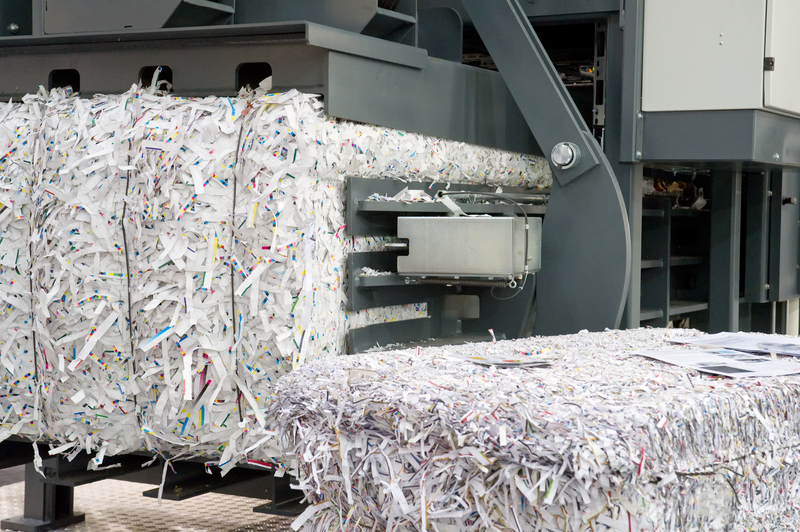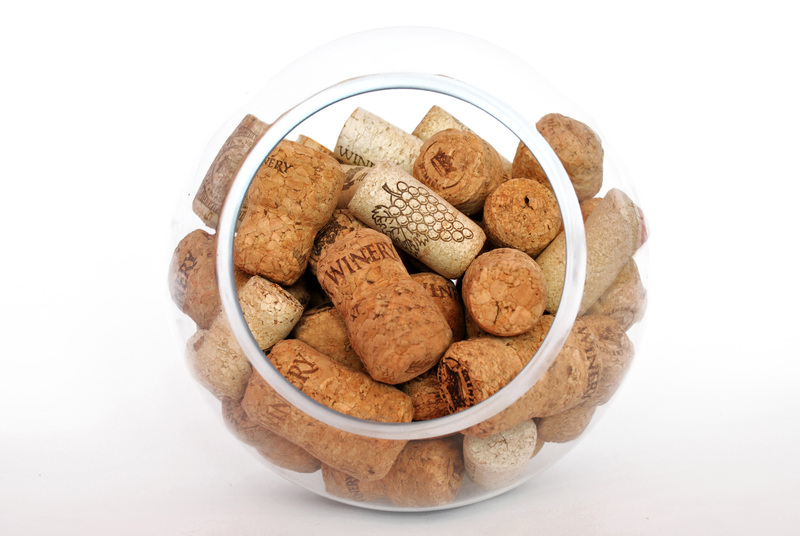How to Find Local Recycling Centers for Cookware
Cookware recycling is an essential step towards sustainable living. Every year, households discard countless pots, pans, and utensils, many of which end up in landfills. However, by finding local recycling centers that accept cookware, you contribute to waste reduction and resource conservation. This article provides a comprehensive guide on how to find local recycling centers for cookware, along with tips on ensuring your old kitchen items are recycled responsibly.
Why Recycling Cookware Matters
Recycling is more than just a trend--it's a necessity for environmental protection. Old cookware like frying pans, saucepans, and baking trays are made from valuable materials such as aluminum, stainless steel, copper, and sometimes non-stick coatings. Rather than sending these items to landfills, where they can take hundreds of years to decompose, recycled cookware can be turned into new products, saving energy and raw materials.
- Reduces landfill waste
- Conserves metal ores
- Reduces energy consumption
- Lowers dependence on raw materials

Understanding What Types of Cookware Can Be Recycled
Before searching for nearest cookware recycling centers, it's crucial to understand what items are suitable for recycling. Commonly recyclable cookware includes:
- Stainless steel pans
- Aluminum pots and trays
- Copper cookware
- Cast iron skillets
Note: Non-stick cookware (like Teflon-coated pans) may require special handling. Items with plastic, wood, or glass parts may need to be separated before recycling.
Can You Recycle Non-Stick Cookware?
Generally, the answer depends on local recycling policies. Many recycling centers accept non-stick pans if the Teflon coating is removed, while others don't accept them at all. Check with your local recycling center to determine their specific requirements.
Where to Start: Identifying Local Recycling Options
Finding local recycling facilities for cookware is easier than ever thanks to online resources and community programs. Here's how you can start your search:
1. Check Municipal Recycling Services
- Visit your city or town's official website.
- Look for the trash and recycling section, which often details accepted items and special recycling events.
- Some municipalities offer curbside pickup or bulk item drop-off days for metal cookware.
2. Utilize Online Recycling Directories
There are several online platforms that help residents find the nearest recycling center for cookware. Popular resources include:
- Earth911 (search.earth911.com): Enter your zip code and search for "Cookware" or "Metal Items."
- Recycling Center Search Tools from your state's Department of Environmental Protection.
- Recyclenation (recyclenation.com): Offers information specific to your location.
3. Contact Scrap Metal Yards
Most cookware, especially if it's made of metals like aluminum or stainless steel, can be taken to a local scrap metal recycling yard. Many of these businesses pay for certain metal items--even damaged or old pots and pans.
- Search online for "scrap metal yards near me."
- Call ahead to confirm they accept household cookware.
- Ask about their requirements (e.g., removal of non-metal handles).
4. Inquire at Donation Centers and Secondhand Stores
If your old cookware is still functional, donation is a sustainable alternative. Charities like Goodwill, Salvation Army, and local thrift shops often accept gently used pots and pans. If they can't sell the items, these organizations may recycle them in bulk.
5. Attend Community Recycling Events
Many cities host special recycling days or household hazardous waste events where residents can drop off kitchenware, electronics, and other hard-to-recycle items. Look for announcements on community boards or municipal newsletters.
Step-by-Step Guide: How to Find a Recycling Center for Cookware Near You
-
Identify the Material of Your Cookware
- Check for labels or manufacturer markings that indicate the type of metal.
- If the item is a combination (e.g., has a plastic handle), note what needs to be disassembled.
-
Prepare Items for Recycling
- Remove non-metal materials (plastic, wood, rubber) whenever possible.
- Give your cookware a quick clean.
-
Use an Online Locator
- Visit Earth911 or similar directories.
- Input your zip code and the item type.
-
Contact the Recycling Center
- Call or email to confirm that they accept your type of cookware.
- Ask about drop-off hours and any preparation requirements (e.g., separating metals).
-
Drop Off Your Cookware
- Transport items to the recycling location or participate in a local collection event.
Tips for Successful and Responsible Cookware Recycling
- Don't mix materials: Separate glass lids, plastic handles, and metal pots and pans.
- Remove food residue: Make sure items are free of food waste before recycling.
- Bundle materials by type: Keeping similar metals together streamlines processing.
- Check for hazardous coatings: Ask if the recycling center accepts non-stick or ceramic-coated pans.
- Seek specialized recyclers: Certain facilities focus on small appliances or coated metals.
Alternative Ways to Reuse Old Cookware
Before recycling, consider these creative ways to give your cookware a second life:
- Donate to shelters or soup kitchens
- Use as planters or garden organizers
- Upcycle into art projects or storage containers
These eco-friendly options prioritize reuse over recycling, which is even better for reducing environmental impact.
Frequently Asked Questions about Recycling Cookware
Can I put pots and pans in my curbside recycling?
Most curbside programs do not accept cookware, especially if it contains non-metal parts. Always check your local recycling guidelines.
Are non-stick pans hazardous to recycle?
Because many non-stick coatings contain chemicals like PTFE, it's risky to recycle them with other metals. Call your chosen cookware recycling facility to ensure safe handling.
Can I earn money by recycling metal cookware?
Some scrap metal yards pay for aluminum, copper, or stainless steel cookware. The payout depends on the weight and type of metal.
What should I do if my cookware has wooden or plastic handles?
If possible, remove all non-metal parts before recycling. Some recycling centers have equipment to separate these materials, but it's best to inquire first.
Is it better to donate or recycle?
If your cookware is still useable, donation is the most environmentally friendly choice. Recycling is the next best option if the item is damaged or no longer safe for cooking.

Going Beyond: Eco-Friendly Cookware Choices
Once you've responsibly disposed of your old cookware, consider replacing items with eco-friendly cookware choices. Look for:
- Recycled materials - Some manufacturers offer cookware made from recycled aluminum or stainless steel.
- Longevity - Invest in high-quality, durable pieces to minimize future waste.
- Repairable designs - Select brands that offer replacement parts rather than single-use items.
Conclusion: Make a Difference by Recycling Your Cookware
Recycling your kitchen cookware locally is a simple yet powerful way to reduce your household's environmental footprint. By following this guide on how to find local recycling centers for cookware, you ensure that your old pots and pans are disposed of responsibly, potentially earning extra cash, aiding charitable causes, or fueling creative projects. Always check with your municipality, use online resources, and prioritize reuse when possible for a greener future.
Take action today: The next time you replace a favorite pan or outgrow a set of pots, remember this guide and do your part for a more sustainable planet!